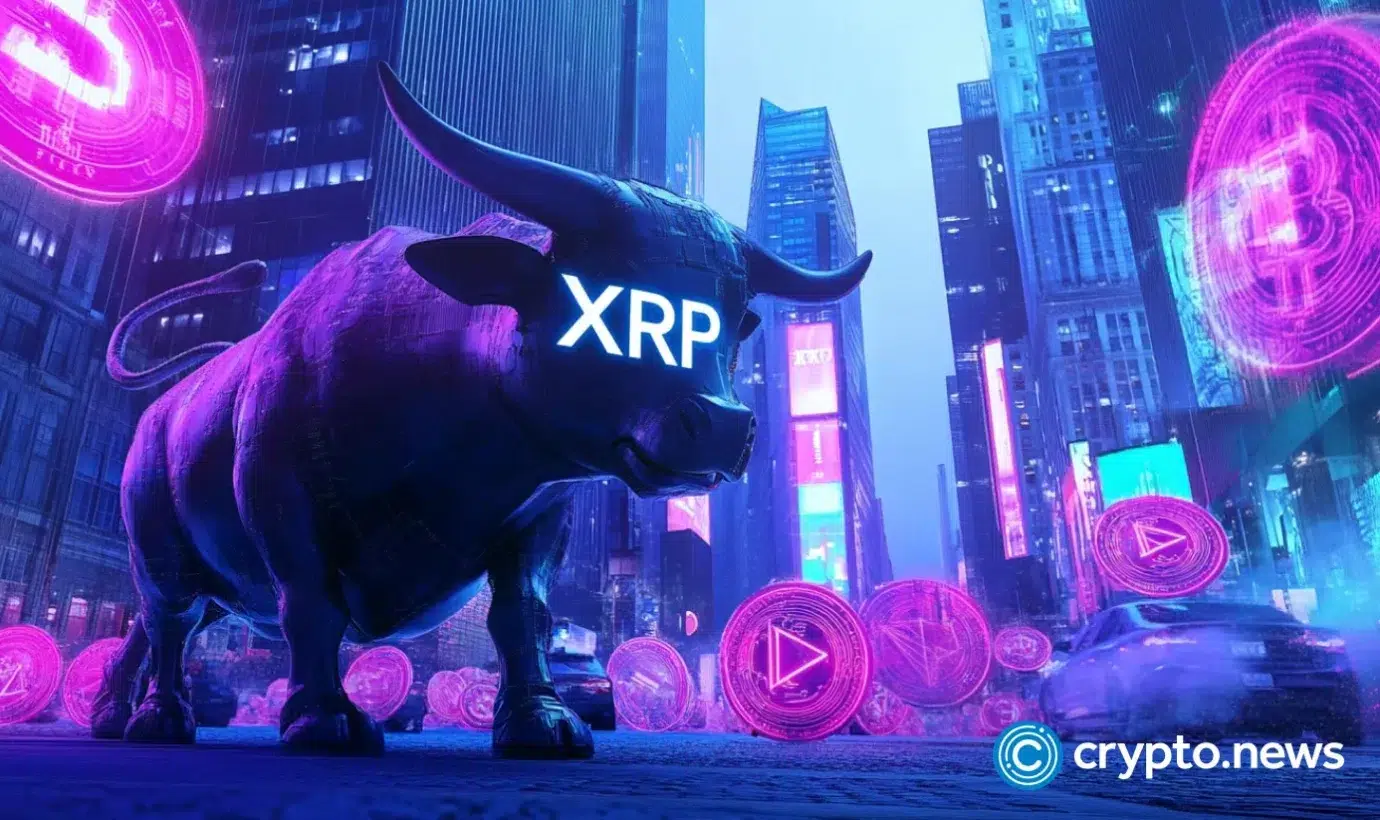Tesla (TSLA) Stock Climbs Nearly 5% on xAI’s $15 Billion Fundraising News
TLDR
- Tesla stock closed up 0.7% on Wednesday at $403.99 following reports of xAI’s fundraising activity
- Elon Musk’s xAI is raising $15 billion at a valuation of approximately $230 billion, up from $110 billion in March
- Tesla shareholders voted on an advisory proposal about investing in xAI, with 1.1 billion votes in favor
- The stock is trading at $410.50 as of November 20, up 2.3% in 24 hours
- Tesla secured a TNC permit in Arizona to launch a paid ride-hailing service with drivers or safety monitors
Tesla stock moved higher this week as news broke about CEO Elon Musk’s artificial intelligence venture. The electric vehicle maker’s shares gained ground while investors digested developments from xAI.
The stock closed Wednesday at $403.99, up 0.7% for the session. By November 20, shares had pushed to $410.50, marking a 2.3% gain over 24 hours.
Tesla, Inc., TSLA
The Wall Street Journal reported that xAI is raising $15 billion in new funding. The deal values the AI startup at roughly $230 billion.
That’s a considerable jump from March when xAI was valued at over $110 billion. The company merged with Musk’s social media platform X earlier this year.
Musk owns an estimated 50% stake in xAI. The new valuation could add $50 billion to $60 billion to his personal wealth.
Tesla shareholders showed interest in the xAI connection during their November 6 annual meeting. An advisory vote on authorizing an investment in xAI received 1.1 billion votes in favor. The measure drew 916 million votes against and 473 million abstentions.
The vote carries no binding authority. But it signals how closely Tesla investors are tracking xAI’s progress.
Market Reaction and Technical Picture
Wedbush analyst Dan Ives believes Tesla is moving toward an “investment and partnership” with xAI. No formal agreement exists yet.
The stock’s 50-day moving average sits near $402 and has started sloping upward. The 200-day moving average remains at approximately $435, acting as resistance.
Tesla’s RSI recovered from oversold levels to around 58. Trading volume increased during the recent bounce.
The stock trades in a 52-week range from $214.25 to $488.54. Current prices sit near the midpoint of that band.
AI Strategy and Fundamentals
Investors increasingly view Tesla through an AI lens rather than as a traditional automaker. Self-driving technology and humanoid robots represent the company’s next growth phase.
Tesla trades at about 180 times estimated 2026 earnings with a market cap of $1.3 trillion. The valuation reflects expectations for AI-driven expansion.
Operating margins face pressure from rising research and development costs. Stock-based compensation expenses have also increased.
Tesla recently reported record revenue but profitability remains under scrutiny. Analysts expect sentiment to stay headline-driven until the company shows clearer earnings improvement.
Recent Developments
The company secured a TNC permit in Arizona for a paid ride-hailing service. Vehicles must still have drivers or safety monitors under current regulations.
This positions Tesla to enter the Phoenix autonomous mobility market. The move puts the company in competition with established players like Waymo.
Technical analysts see Tesla potentially trading between $380 and $450 in the near term. A break above $450 could open the path to test the yearly high near $488.
Support levels sit at $390, with deeper support around $370 and $345-$350 if selling pressure increases. The stock’s beta of 1.87 indicates continued high volatility.
Trading volume during the recent rally adds credibility to the upward move. The pattern suggests a potential symmetrical triangle formation with higher lows since October.
The post Tesla (TSLA) Stock Climbs Nearly 5% on xAI’s $15 Billion Fundraising News appeared first on CoinCentral.
You May Also Like

REX-Osprey’s XRP ETF hits $24m as day 1 volume outpaces futures debut

Zcash (ZEC) Rips While Bitcoin Dips — Can This Privacy Coin Run 49% Higher
